Playlist
Cybersecurity Leadership Summit 2020
Videos from the Cybersecurity Leadership Summit 2020
Show more
36 videos in this playlist
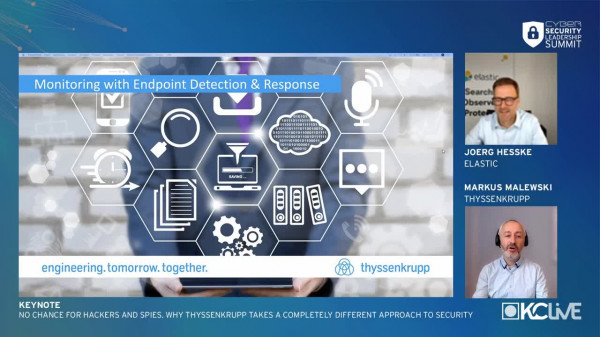
Event Recording
Markus Malewski, Joerg Hesske: No Chance for Hackers and Spies. Why Thyssenkrupp Takes a Completely Different Approach to Security
Nov 20, 2020
Markus Malewski, Head of SOC / SIEM at thyssenkrupp gives an insight how thyssenkrupp re-formed the Security division after the Winnti attack in 2016, why the company is so well prepared for current and future challenges and how the solutions of Elastic help to achieve those. Jörg Hesske, AVP CEMEA at Elastic shows how Elastic Security helps SecOps teams to protect their company against threats quickly and precisely with an integrative security approach.
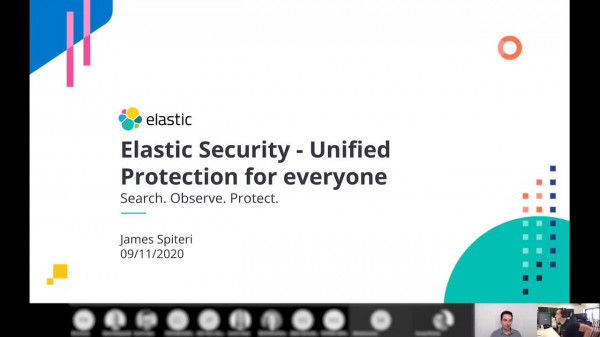
Event Recording
Elastic Security Workshop Part I - Unified Protection for Everyone
Nov 19, 2020
Learn how the latest security capabilities in the Elastic Stack enable interactive exploration, incident management and automated analysis, as well as unsupervised machine learning to reduce false positives and spot anomalies — all at the speed and scale your security practitioners need to defend your organization. Additionally, we'll be talking about the new protection and detection capabilities of the free Elastic Endpoint, now also part of Elastic Security, as well as EQL - the event query language, which brings new query and detection capabilities to Elastic Security.
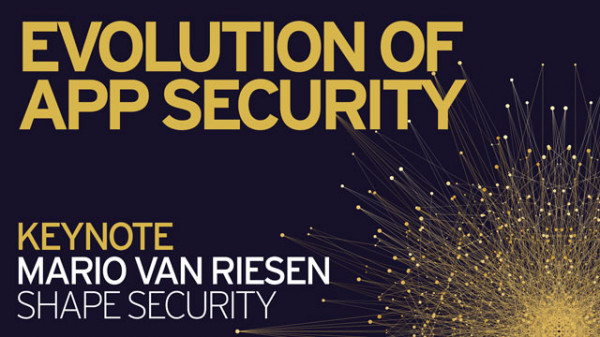
Event Recording
Mario van Riesen: The Evolution of Application Security
Nov 16, 2020
Cyberattacks have rapidly evolved since the advent of online transacting almost 25 years ago, with attackers continually escalating and refining their evasion techniques. While organisations and individuals continue to mobilise in an attempt to mitigate the global disruptions taking place around them, cybercriminals have wasted no time in exploiting the COVID-19 pandemic. Today, attackers and fraudsters call upon a sophisticated suite of tools, including human-powered click farms, social engineering, and malware – all designed to defeat traditional defenses...
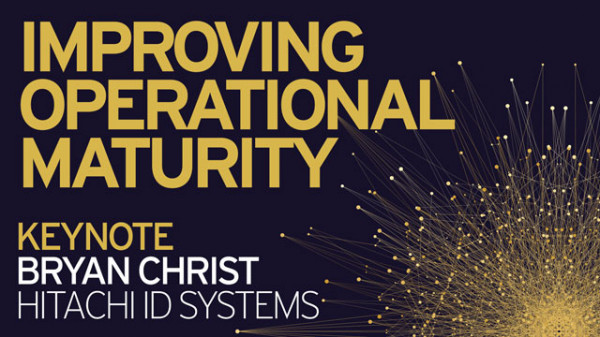
Event Recording
Bryan Christ: Improving Operational Maturity with an Automation First Strategy
Nov 16, 2020
In his keynote, Bryan will talk on how automating Identity and Access Management can evolve your operational maturity and strengthen your security programs.
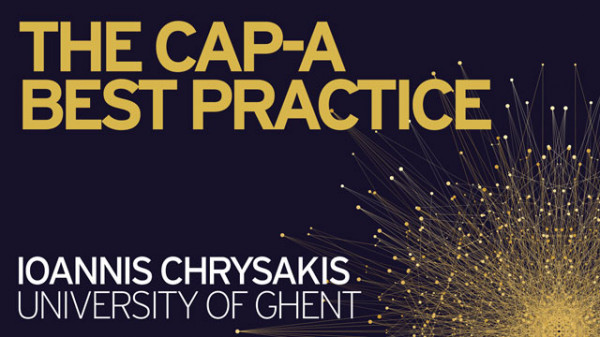
Event Recording
Ioannis Chrysakis: The CAP-A Best Practice: Towards Enabling a Privacy-Friendly Apps Market by Applying a Crowdsourcing-Based Evaluation Approach
Nov 16, 2020

Event Recording
Christopher Schuetze: Safer With Security - How Fabrics Can Be Used to Manage the Complexity of Your Enterprise Security
Nov 13, 2020
A flexible architecture is an absolute must in order to keep pace with new challenges within a constantly evolving landscape. Christopher Schütze, Cybersecurity Practice Director and Lead Analyst at KuppingerCole, will look at methodologies that help to structure, reorganize, and extend the existing Cybersecurity landscape within your organization. He will examine current topics such as “Information is the new oil” and “Trust only with verification – Zero Trust” and how you can integrate this into your strategy. Information security...
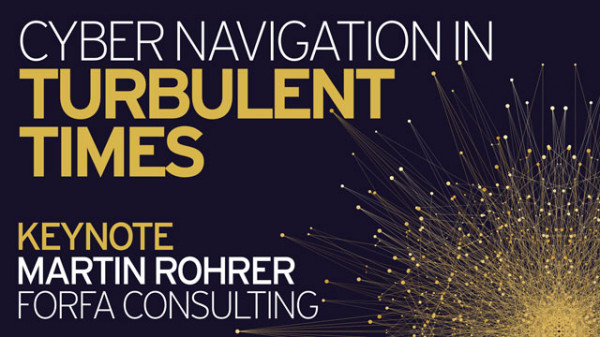
Event Recording
Martin Rohrer: Cyber Navigation in Turbulent Times – How Cyber Maturity Assessments Provide a Sense of Direction
Nov 13, 2020
When navigating a big ship, it is crucial to know your position and the course you set. In this case, the ship is a symbol for a company planning its investment in cyber security. In practice, the overall strategic view is often obscured or missing. An assessment of the cyber maturity level will give a better understanding of the position as well as the direction, considering the specific risks. A risk-based approach allows investments in cybersecurity to have the greatest possible, measurable impact.
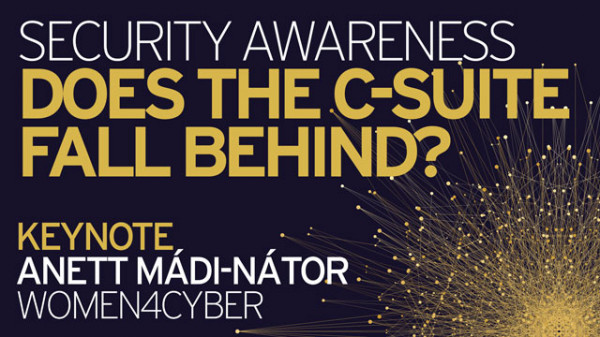
Event Recording
Anett Mádi-Nátor: C-Level Cybersecurity Awareness – Does the C-Suite Fall Behind in Understanding the Importance of Cybersecurity Services?
Nov 13, 2020
In the crisis created by Covid-19 it is even more obvious how C-level are reacting and in cases not reacting properly to new cybersecurity situations resulting from rapid and enforced digitalisation. Can or should they be given more time to adapt? Can they build up the proper cybersecurity decision making skillset? Is it worth the effort? The speaker explains how that is possible, what new digital roles should be created within an organisation and how to meet challenges posed by the transforming digital ecosystem.
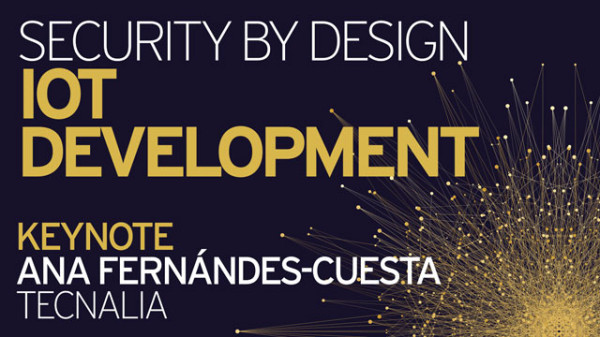
Event Recording
Ana Isabel Ayerbe Fernández-Cuesta: Security by Design IoT Development and Certificate Framework
Nov 13, 2020
Next-generation of Smart IoT Systems needs to manage the closed loop from sensing to actuation with safe operational boundaries and the need to be distributed across IoT, Edge and cloud infrastructures with complex and heterogeneous systems, connectivity and failures, as well as being able to operate in an unpredictable physical world facing situations that have not been fully understood or anticipated in the software development process.
In this context, it is necessary to support the continuous delivery of trustworthy Smart IoT Systems, to support their agile operation, to support the...
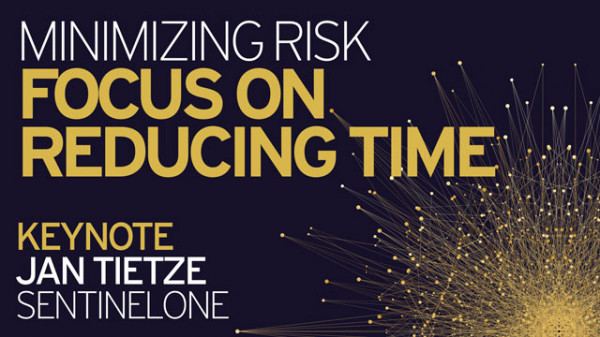
Event Recording
Jan Tietze: Minimising Risk from Cyber Threats: Focus on Reducing Time to Containment
Nov 13, 2020
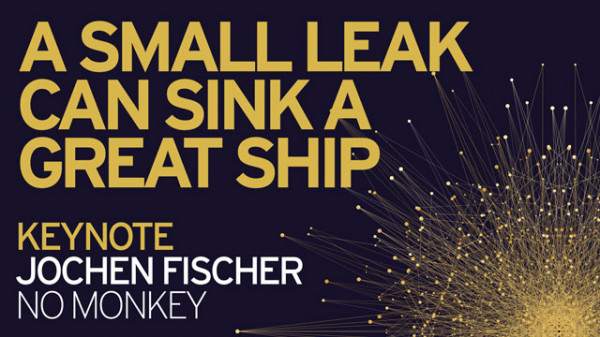
Event Recording
Jochen Fischer: A Small Leak Can Sink A Great Ship - Cybersecurity Warfare & SAP
Nov 13, 2020
Security is Culture – and culture starts with people (not technology!) The complex topic of SAP-security is a massive challenge for the almost 500.000 companies worldwide using SAP. The challenges are the same for everyone, and it is the combined corporate responsibility of the C-Level and all employees to protect the enterprise from threats. These core applications can be secured by focusing on the 3 main attack vectors: People, Processes, and Technology. Within this keynote, Jochen Fischer shares what needs to be done to define clear ownership and responsibilities for SAP-security....
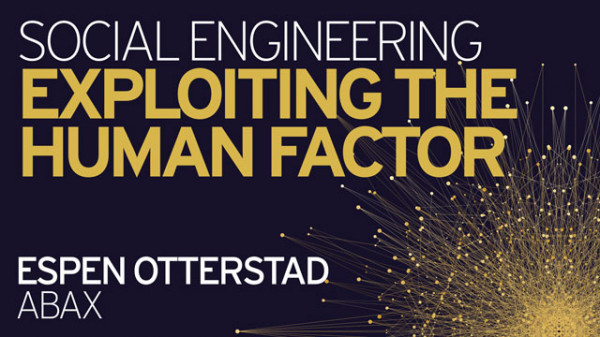
Event Recording
Espen Otterstad: Social Engineering - Exploiting the Human Factor
Nov 13, 2020
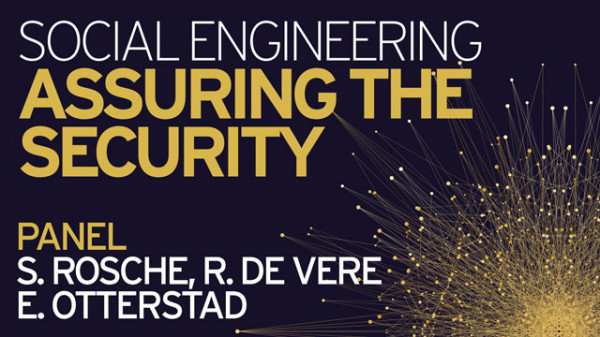
Event Recording
Panel - Assuring the Security of Your Enterprise - Social Engineering and Pentesting
Nov 13, 2020
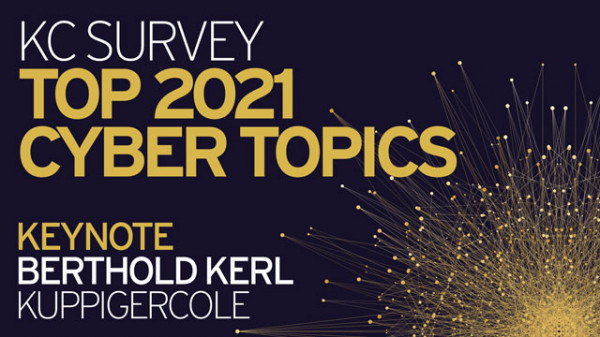
Event Recording
Berthold Kerl: Top 2021 Cyber Topics: Results From a Recent KC Survey
Nov 13, 2020
In this talk, you will learn about the results of the recent KuppingerCole Survey on top Cybersecurity Topics for 2021.
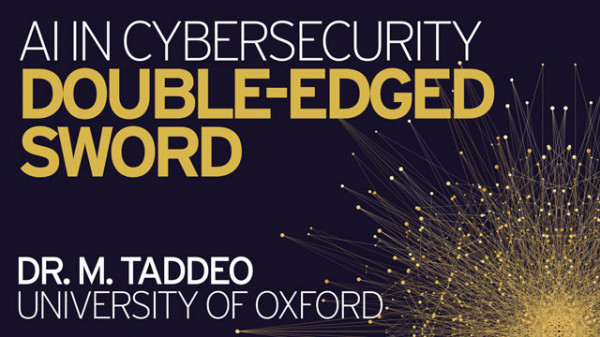
Event Recording
Dr. Mariarosaria Taddeo: Trusting AI in Cybersecurity: A Double-Edged Sword
Nov 13, 2020
Applications of artificial intelligence (AI) for cybersecurity tasks are attracting greater attention from the private and the public sectors. Estimates indicate that the market for AI in cybersecurity will grow from US$1 billion in 2016 to a US$34.8 billion net worth by 2025. The latest national cybersecurity and defence strategies of several governments explicitly mention AI capabili- ties. At the same time, initiatives to define new standards and certification procedures to elicit users’ trust in AI are emerging on a global scale. However, trust in AI...
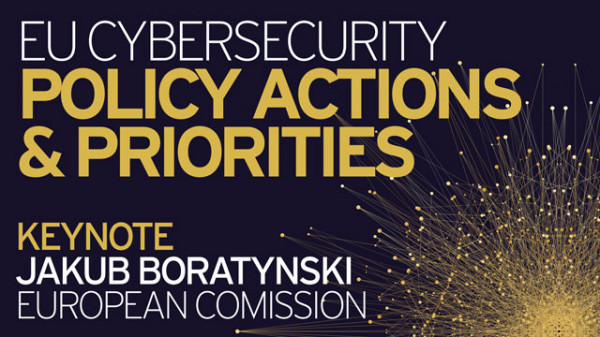
Event Recording
Jakub Boratynski: EU Cybersecurity Policy Actions and Priorities
Nov 13, 2020
Technological advances and new trends provide great opportunities to the economy and society as a whole. The high reliance on digital technologies especially during the COVID-19 crisis increases at the same time the potential attack surface for malicious actors. The paradigm of security is shifting. The EU is undertaking several actions for its citizens and companies, in order to enhance the resilience of critical infrastructure, support supply chain security (5G) and research, create a European cybersecurity certification and a new, modern cybersecurity strategy for Europe.
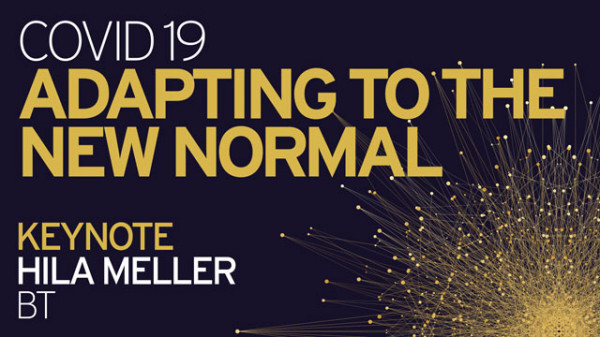
Event Recording
Hila Meller: Covid 19 - Adapting to the New Normal
Nov 13, 2020
In her key note Hila Meller will explain how the new normal impacted by the Covid-19 global pandemic is reflected in the Cyber Security Space.
She will explain the changing threats in this new reality as well as the steps and strategies used by BT to globally adapt to the news ways of working, combined with a wider global view based on inputs and collaboration with large multi-national organizations.
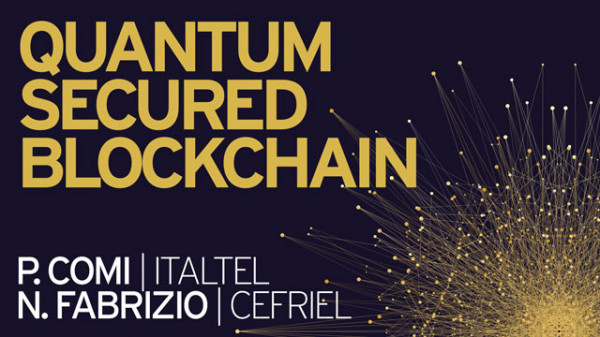
Event Recording
Paolo Comi, Nadia Fabrizio: Quantum Secured Blockchain
Nov 13, 2020
This talk aims to share the experience achieved during Q-Secure Net , a 2020's project co-financed by the European Institute of Technology (EIT) and Italtel, Cefriel, Politecnico di Milano, CNR, UPM and Telefonica. Q-Secure Net will provide a cost-effective and flexible network solution for unconditionally secure communication services based on Quantum Key Distribution (QKD) thought for fiber-optic networks.
The talk will also present an application of Blockchain Atomic Swaps for the exchange of securities and cryptocurrencies, developed in the...
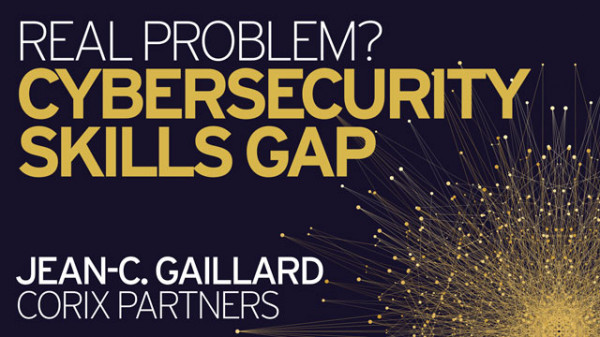
Event Recording
Jean-Christophe Gaillard: The Cyber Security Skills Gap: Real Problem or Self-inflicted Pain?
Nov 12, 2020
You don’t have to go far these days to find security professionals complaining about skills shortages, and countless media outlets relaying their views. But there are at least two sides to this argument and the situation requires a more balanced approach. The security industry needs to rebuild its narrative to attract more raw talent at all levels.
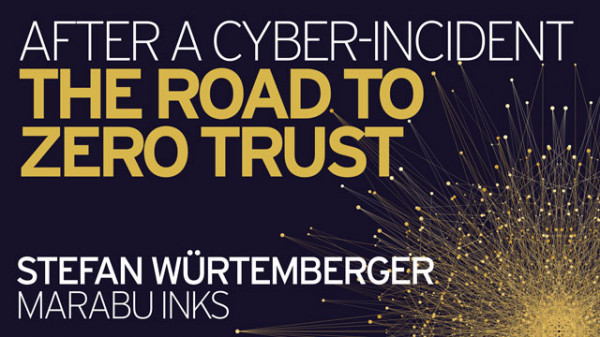
Event Recording
Stefan Würtemberger: The Road to Zero Trust After a Cyber-Incident
Nov 12, 2020
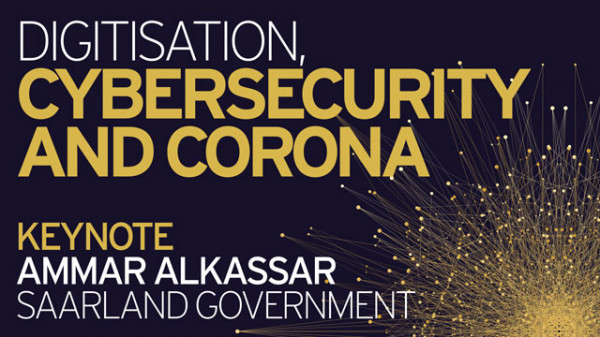
Event Recording
Ammar Alkassar: Cybersecurity and Digitisation within the Corona Crisis – First Experiences and Initial Conclusions
Nov 12, 2020
Within the Corona Crisis, IT and digitisation have proven their essential role for state administration, economy, as well as society. These techniques are not only the backbone for our highly-industrialized countries, but now also recommended as such.
The keynote will reflect the first months of the Corona Crisis with a focus on digital administration and IT as backbone. In this context, aspects of project management, management culture, and risk tolerance will be addressed. Last, but not least the keynote will present theses on experiences and future do’s and don’ts,...
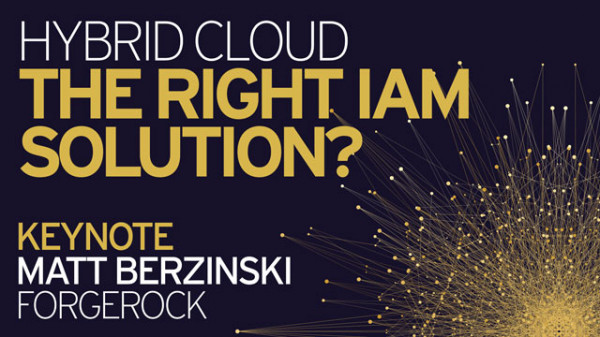
Event Recording
Matt Berzinski: Choosing the Right IAM solution to secure your Hybrid Cloud Environment
Nov 12, 2020
In 2020 organizations have been forced to accelerate their digital transformation plans to meet the needs of a more digital engaged end user. From remote workforces to shifts to online commerce, nearly every industry has had to adopt to this new reality. This has resulted in rapid cloud service adoption and a need for integration of existing on-premises investments with them. But today's Hybrid Cloud reality needs a comprehensive security policy that encompasses newly acquired cloud technologies all the way down to legacy on premises...
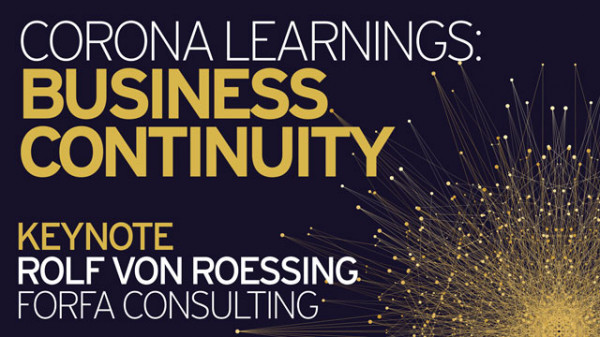
Event Recording
Rolf von Roessing: Business Continuity – Learnings in the Light of the Corona Crisis
Nov 12, 2020
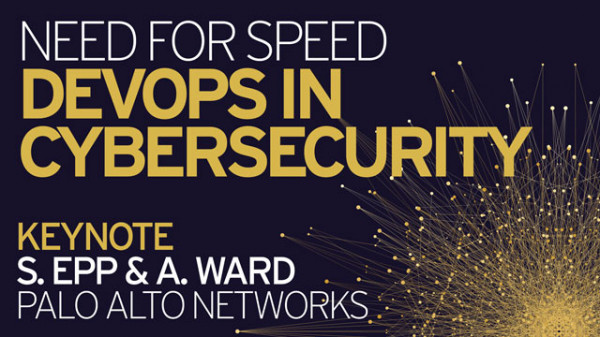
Event Recording
Sergej Epp, Ashley Ward: Need for Speed: How DevOps is Changing Cybersecurity
Nov 12, 2020
Is your cybersecurity as fast as your business? Finding the right strategy to secure the growing speed and diversity of DevOps driven application development and dynamic infrastructures is hard. To master this journey, organisations have not only to adapt new security controls but in most cases to redefine their cybersecurity strategy and traditional approaches such as Defence-in-Depth and Zero Trust Architectures from scratch. In this session, you will learn the FIRST PRINCIPLES how to align the pace of your cybersecurity to your business speed from both perspectives: a cybersecurity...
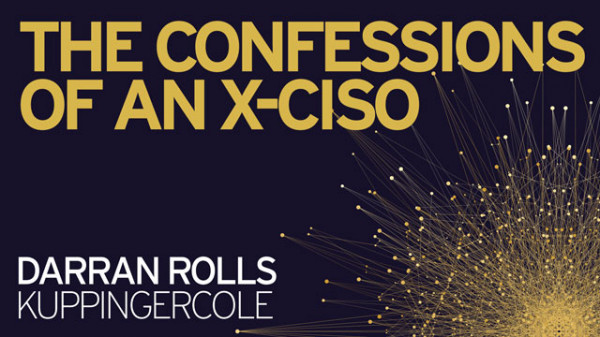
Event Recording
Darran Rolls: The Confessions of an X-CISO: Identity Centric Security @ Enterprise Scale
Nov 12, 2020
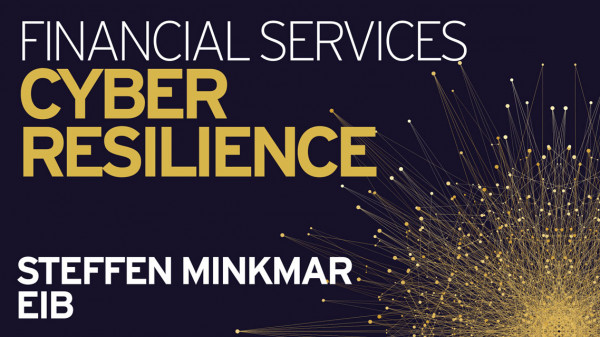
Event Recording
Steffen Minkmar: Cyber Resilience - Regulatory Developments in the Financial Services Industry (and Beyond)
Nov 12, 2020
Cyber resilience, a term often heard but never fully understood, has made headlines for many years. Nonetheless, we are still confronted with ransomware attacks that lead to the standstill of organizations, as evidenced in the 2017 Maersk attack or the declared state of emergency by the mayor of the city of New Orleans in December 2019 after the city was hit by a cyberattack.
Many organizations perceive cyber resilience as yet another regulatory topic to be addressed by the IT department or the IT security teams, ignoring the regulatory requirements deriving from stakeholders such as...
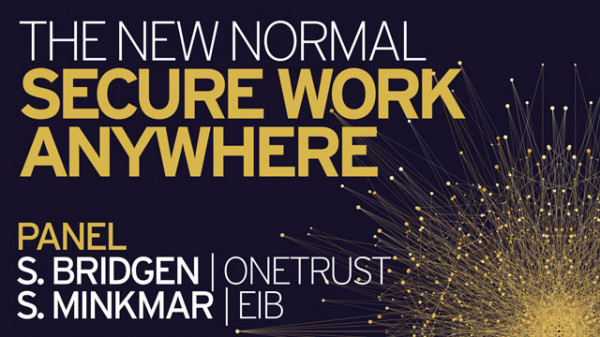
Event Recording
Panel - Secure Work Anywhere: The New Normal from Corporate Policies to Security Practices
Nov 12, 2020
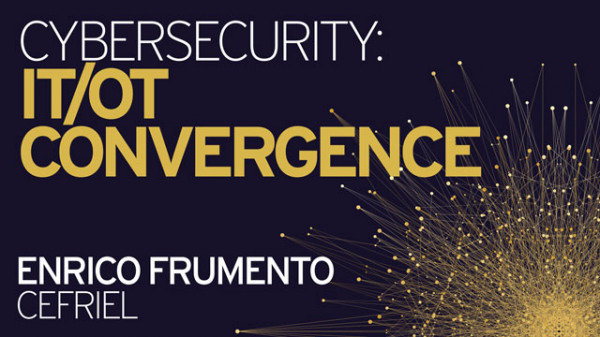
Event Recording
Enrico Frumento: IT-OT Convergence of Security
Nov 12, 2020
Experts define Operational Technology (OT) as «hardware and software that detects or causes a change, through the direct monitoring and/or control of industrial equipment, assets, processes and events.»
OT differs from IT, in terms of functionalities, the culture of operators and threats. In recent months, we witness an increasing convergence of IT and OT systems. This area is a novel and rapidly expanding one for both cybercrime and industry. Recent IBM’s 2020 X-Force Threat Intelligence Index summarizes that attacks targeting operational technology...
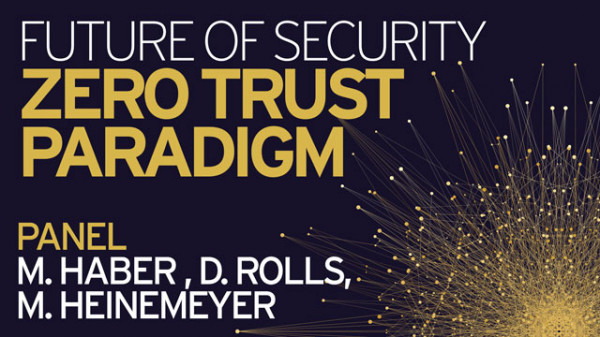
Event Recording
Panel - Zero Trust Paradigm for the Future of Security
Nov 12, 2020
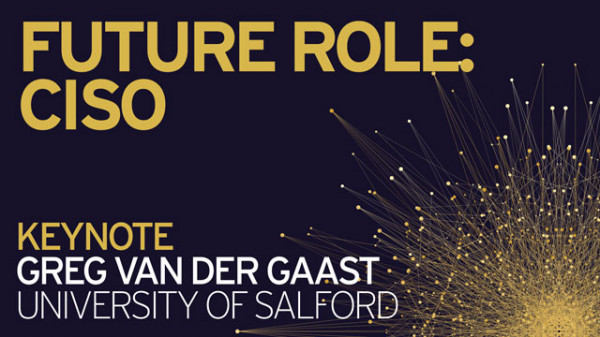
Event Recording
Greg van der Gaast: The Future Role of the CISO
Nov 12, 2020
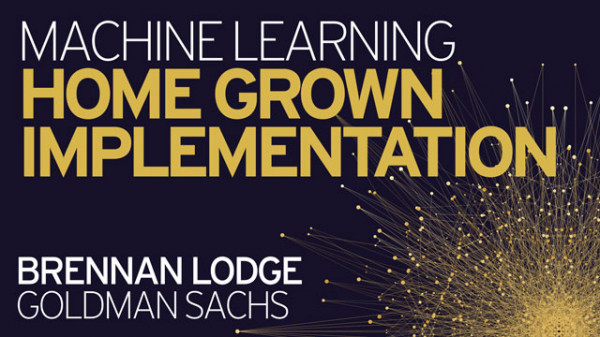
Event Recording
Brennan Lodge: Home Grown Machine Learning Implementation for the SOC
Nov 12, 2020
The machine learning deployment, integration, and release pipeline is unique and unlike any typical software, application or detection life cycle. A SOC has a blend of infrastructure, team dynamics, disparate logs and data sets, a SEIM, ticketing systems and a need for analytics to better serve and improve their defenses, cyber security posture and incident response. Proper implementation of using machine learning for cyber security defenses can be done with both team and engineering integrations. This talk will walk through an example of machine learning implementation for the SOC in an...
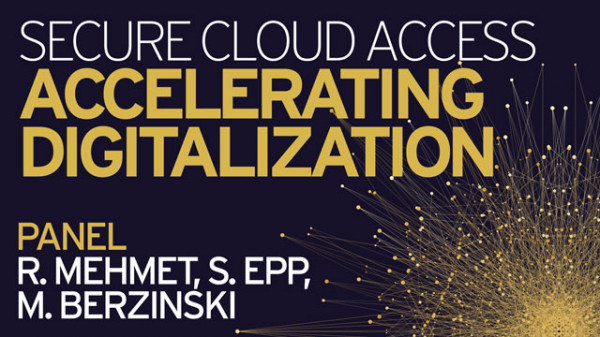
Event Recording
Panel - Accelerating Digital Transformation with Secure Cloud Access
Nov 12, 2020
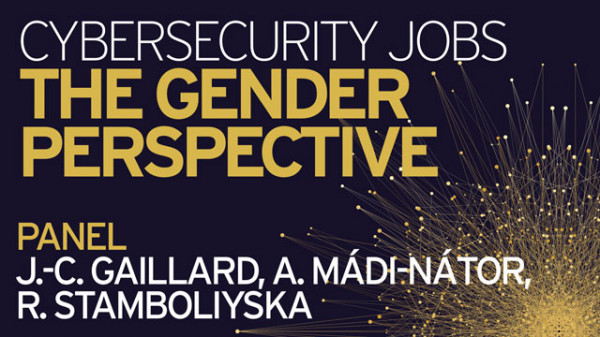
Event Recording
Panel - European Cybersecurity Job Market and the Gender Perspective
Nov 12, 2020
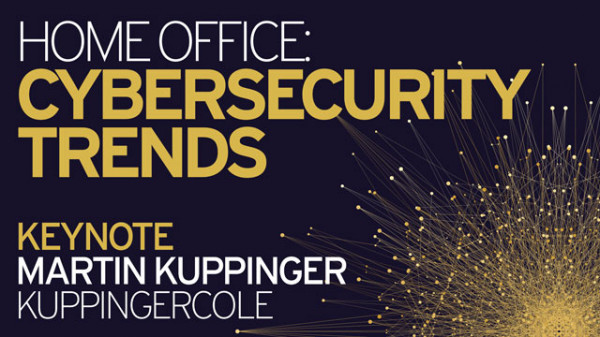
Event Recording
Martin Kuppinger: Cybersecurity Trends in the Age of Work from Home
Nov 11, 2020
The way people are working has changed fundamentally. Cybersecurity is even more essential than before. Martin Kuppinger, Principal Analyst at KuppingerCole, will look at the factors that drive the relevance of cybersecurity, but also change the way cybersecurity is done right. He then will look at the trends in cybersecurity and how new technologies and methods help in mitigating cyber risks and improving cyber attack resilience. This includes looking at the impact of Work from Home, changing attack vectors, or the impact of AI on cybersecurity, and discussing what new technologies such...
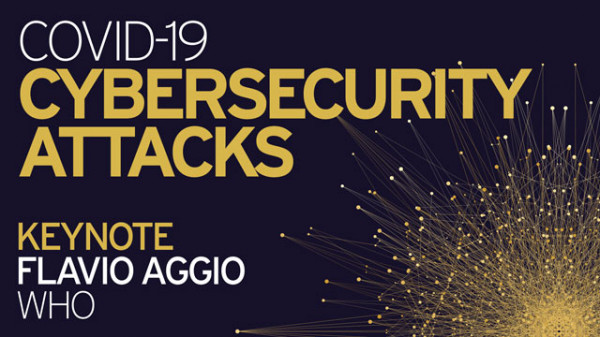
Event Recording
Flavio Aggio: COVID-19 Cybersecurity Attacks
Nov 11, 2020
Cybersecurity technologies to identify, protect, detect, respond and recover are extremely important, but not sufficient. HumanOS upgrade is required to safely use the Internet and It is not only about training and awareness. It is about the way users must behave online and IT community must openly acknowledge system vulnerabilities. Humans are the weakest and strongest links in Cybersecurity.
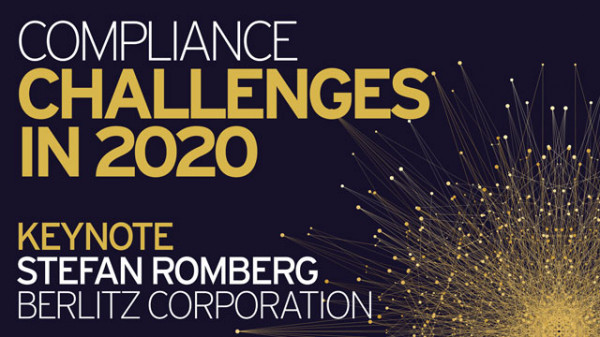
Event Recording
Stefan Romberg: Regulatory Compliance Challenges in 2020
Nov 11, 2020
How do you prepare for the increasing regulatory challenges in a time of ongoing cloud migrations with global service providers? The invalidation of the EU-US privacy shield and the enforcement of the NDAA Section 889 will require a thorough review of existing controls and a swift management of stakeholder interests. This key note will provide practical experiences and guidance to ensure you meet your compliance goals.
































